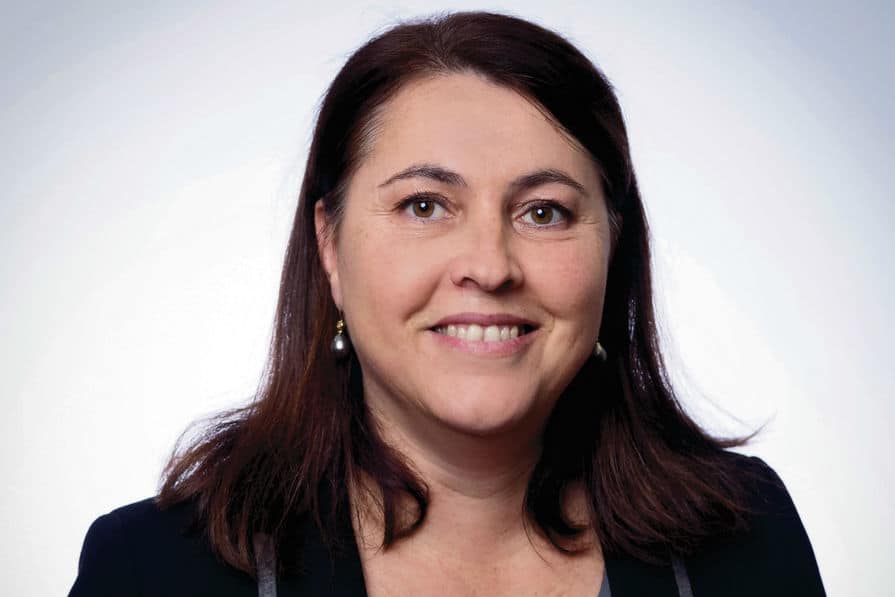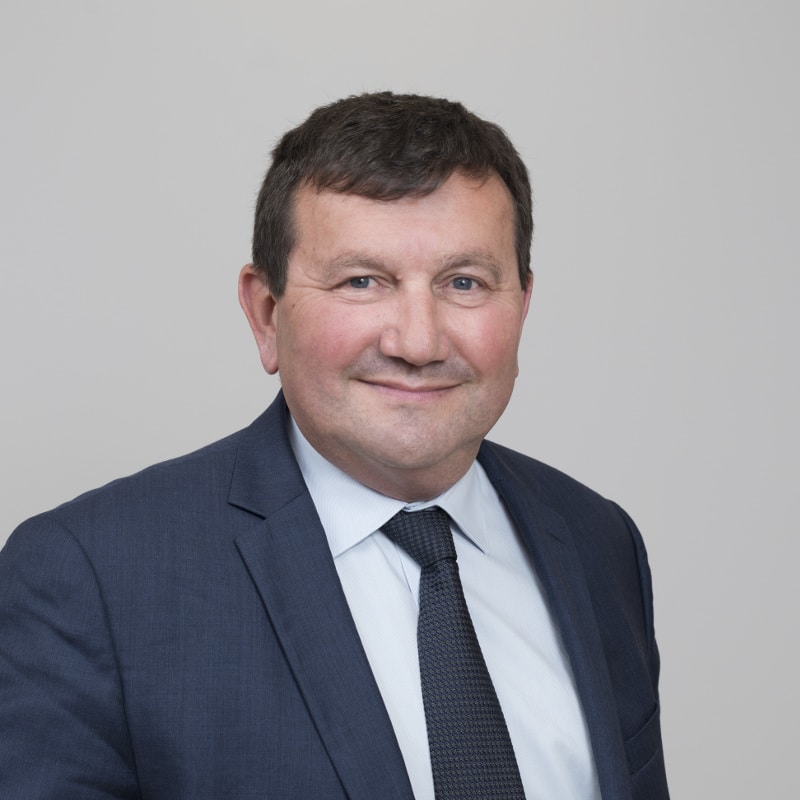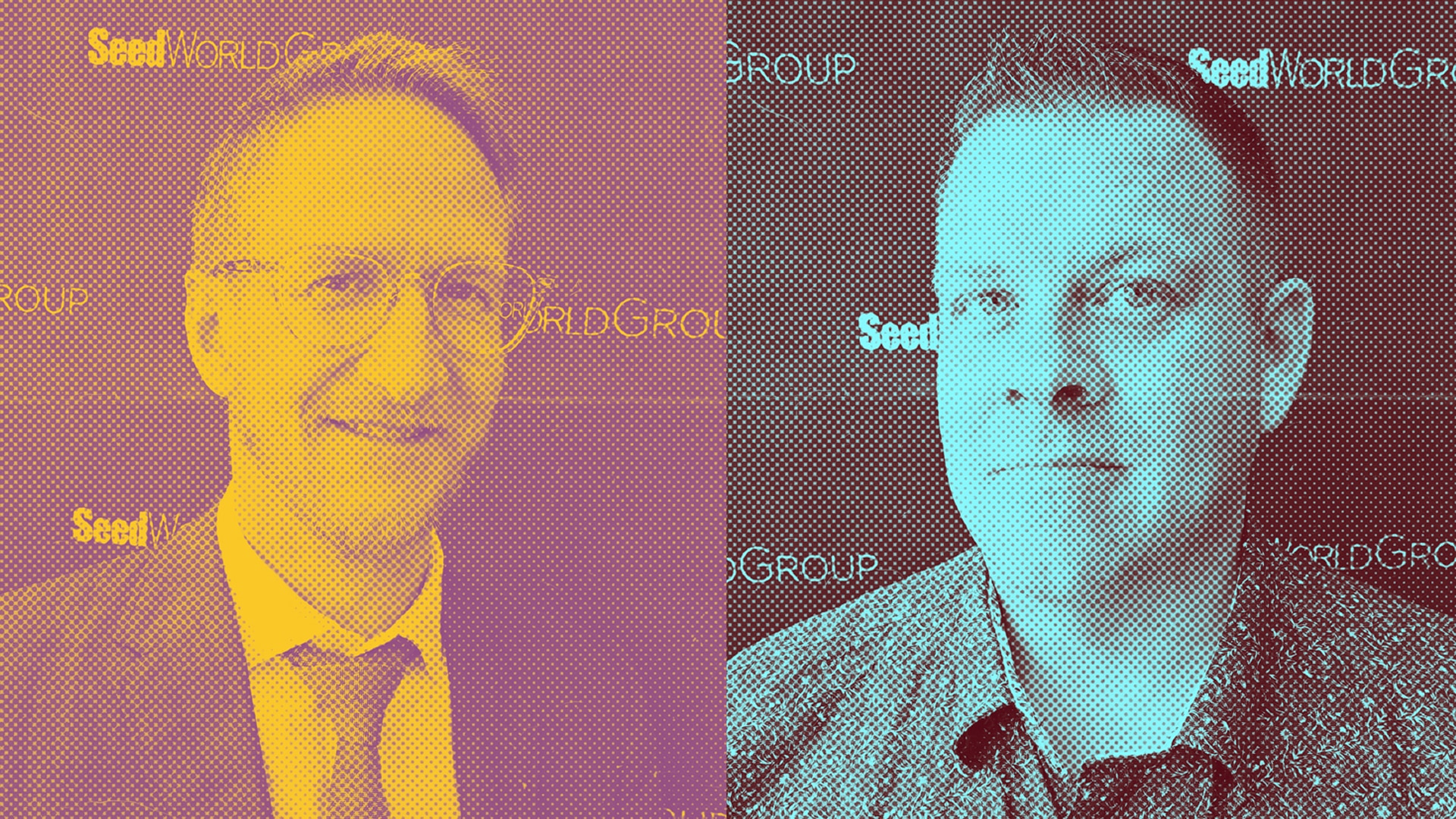A decade ago, the French seed sector brought its six separate industry associations under one umbrella. The story has striking similarities to what is happening in Canada with the Seed Synergy project.
Later this year, France’s seed association — known as UFS (Union Française des Semenciers) — will mark 10 years in existence. UFS was created when France brought its six separate seed associations together under one umbrella.
As Canada works to bring its own industry associations under a single umbrella (a project known as the Seed Synergy Collaboration Project), Germination – European Seed’s sister publication in Canada – spoke to two experts on the formation of UFS and lessons learned during its formation.

Director-General
UFS
Germination: Why was UFS formed?
Rachel Blumel: You must find common ground to be successful. Merging our industry offers us more opportunity to be understood by stakeholders and government.
Eric Devron: We felt the need to speak with one voice and be listened to at the EU and international levels.
Germination: When UFS was formed, had the French seed industry tried this before or was it the first attempt?
ED: There were some initiatives 10 to 15 years before the creation of UFS, but they collapsed, and we didn’t want to repeat that. It took two years to create UFS from the time discussions began to when it was formed — we were not in a hurry to do it. It was necessary to discuss and explain the ultimate goal of the process to our diverse stakeholders — there were about 150 French companies involved.

Director-General
Sicasov
Germination: What were some challenges you faced?
ED: We had to effectively communicate what the benefit would be in having a single French seed association. We didn’t expect people to be automatically convinced — we gave them time to think about it and to come around. There were people and companies frightened by the fact that everyone would be coming together. We took the time to talk to all of them and get them to see they had more in common than they had differences.
Germination: Looking back, does anything stand out that you feel really helped the process along?
RB: You need a good leader to manage the project. If they don’t earn the trust of the stakeholders — or if the working group itself is not composed of people who trust one another — it doesn’t work. You have to make clear to everyone that it’s not about power. When you bring your industry together, no one is gaining or losing any power or influence. It’s about making the whole industry more effective, and essentially giving everyone an equal voice.
ED: We were very careful in establishing the working group which oversaw the process. We chose people from different kinds of seed companies, all over the spectrum. We were very careful in doing this, as it was a sensitive matter. We hired a consultant and paid attention to choose the right one — that was important. Whenever we started questioning ourselves, the consultant helped get the process back on track and keep everyone focused. On a few occasions the consultant really helped the process stay above water and avoid collapse. But let’s say that the strong will of the industry to benefit from a unified corporate home was the main fuel.











